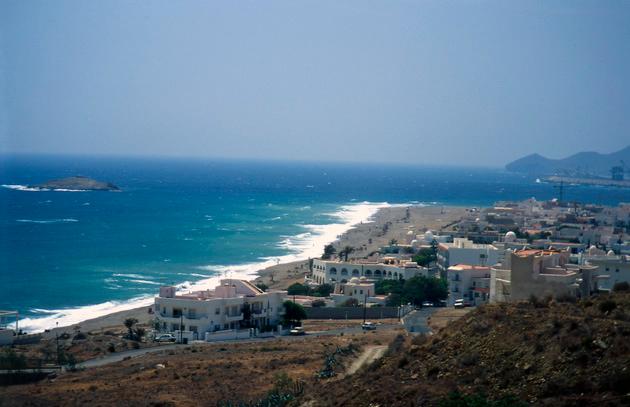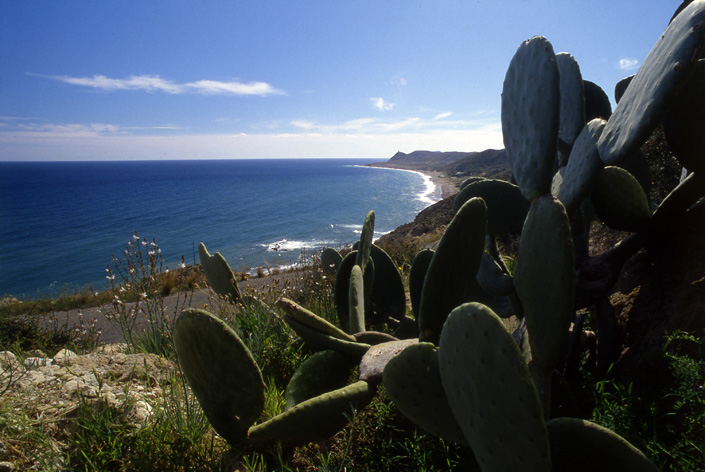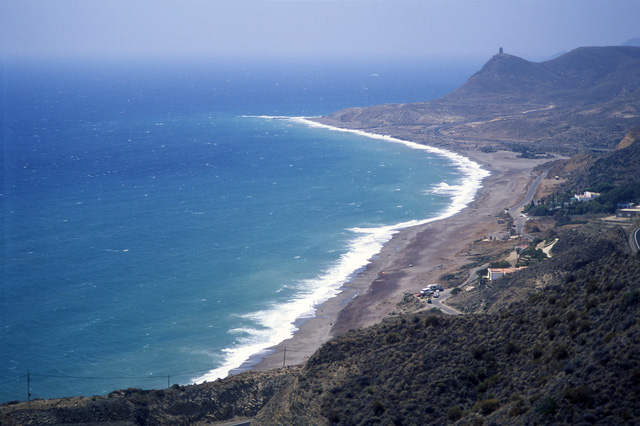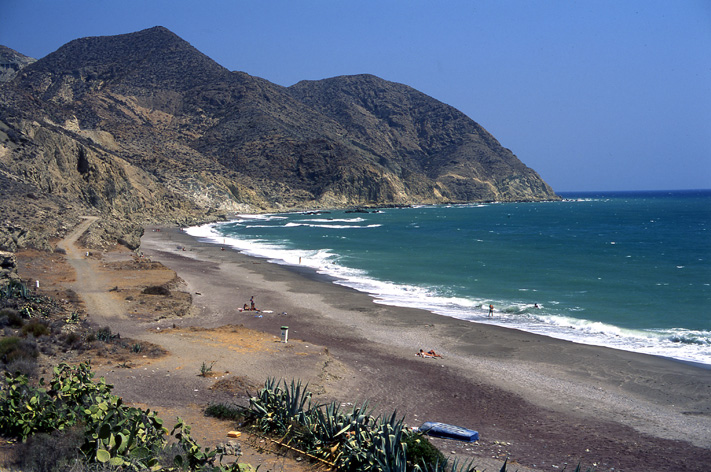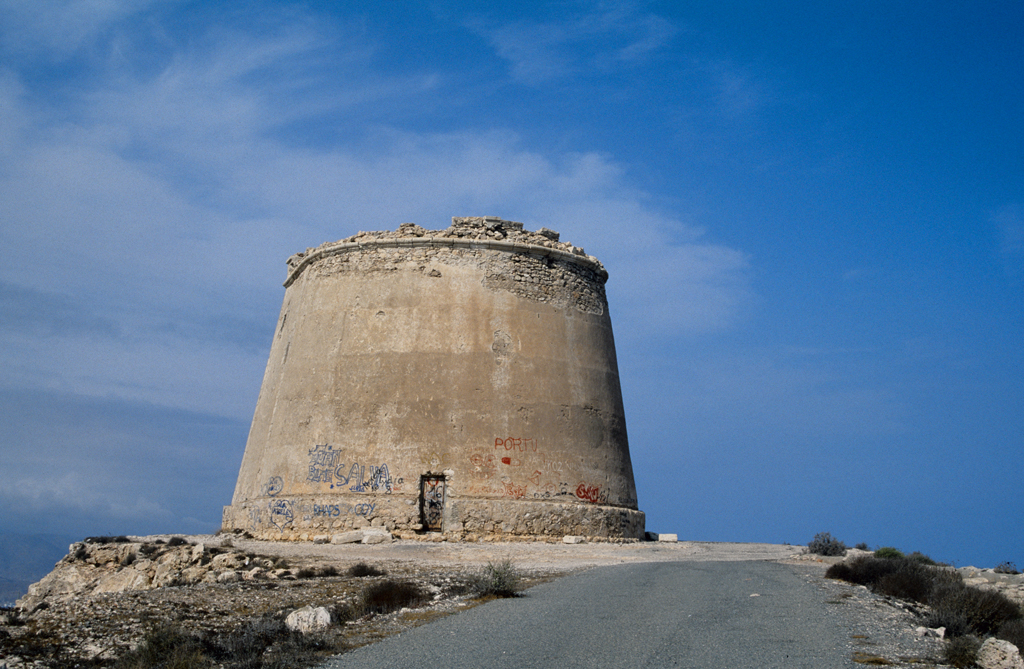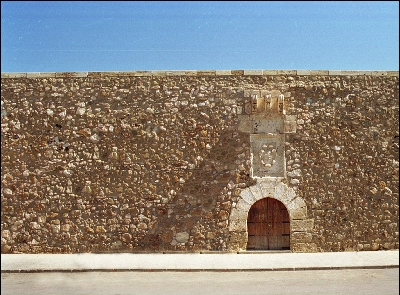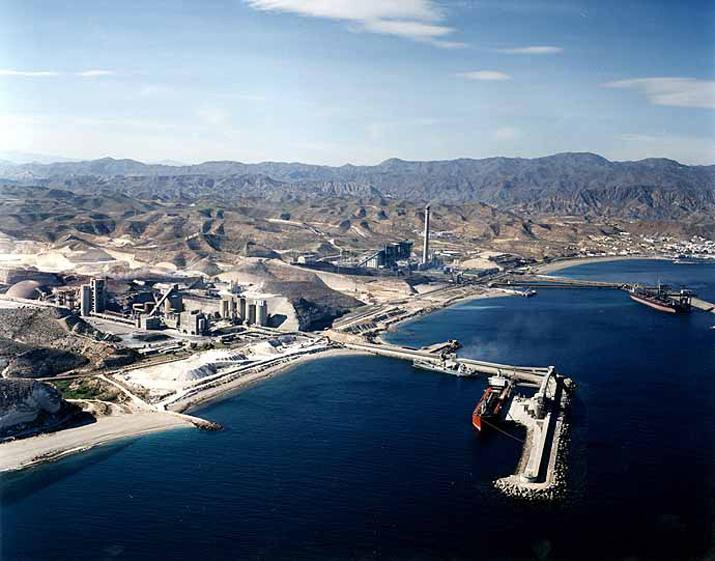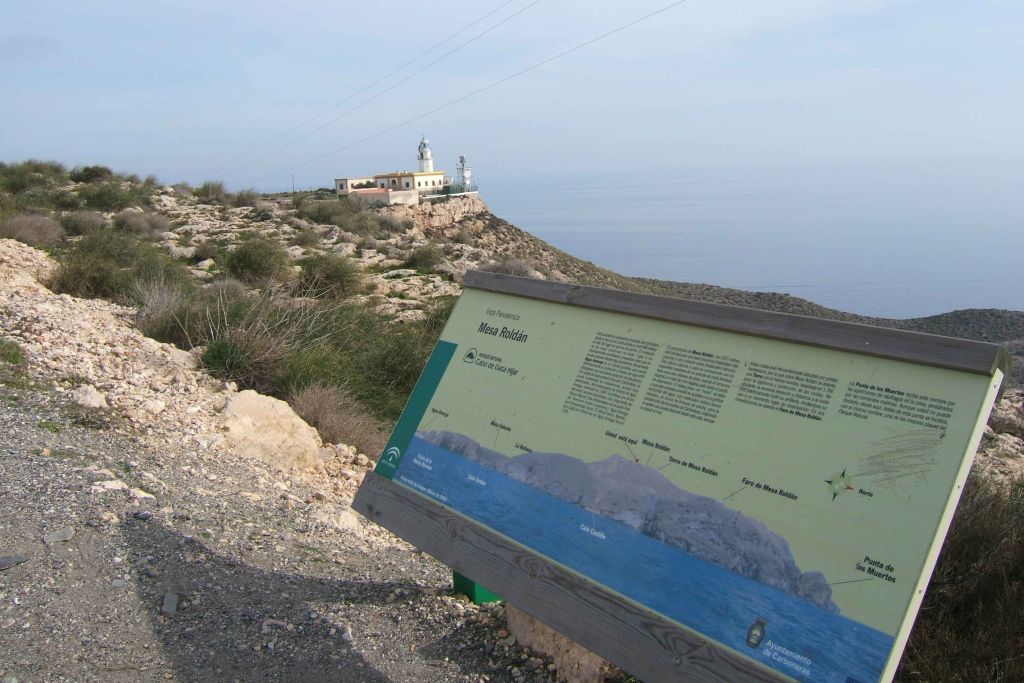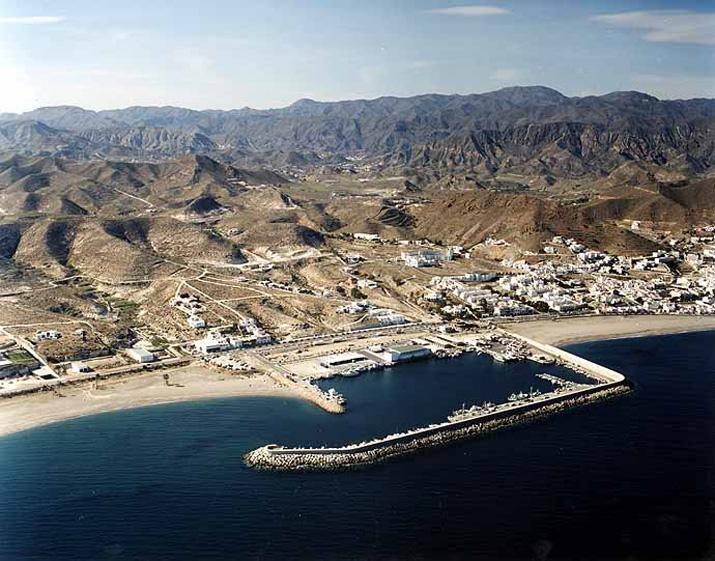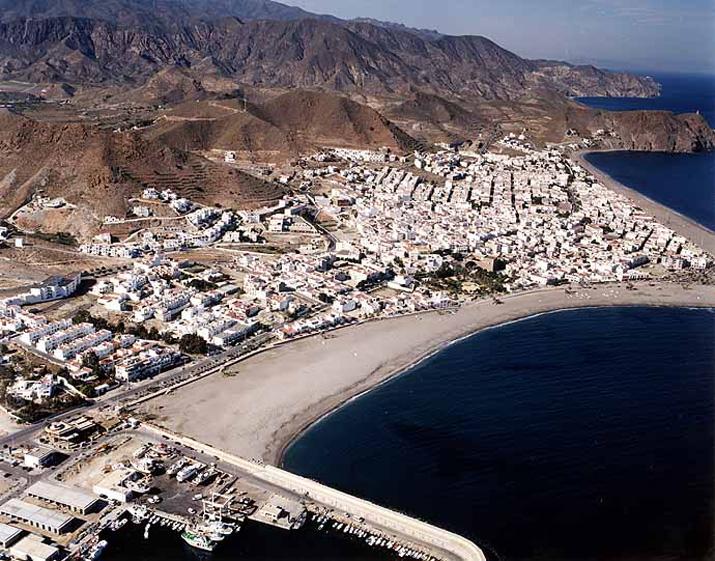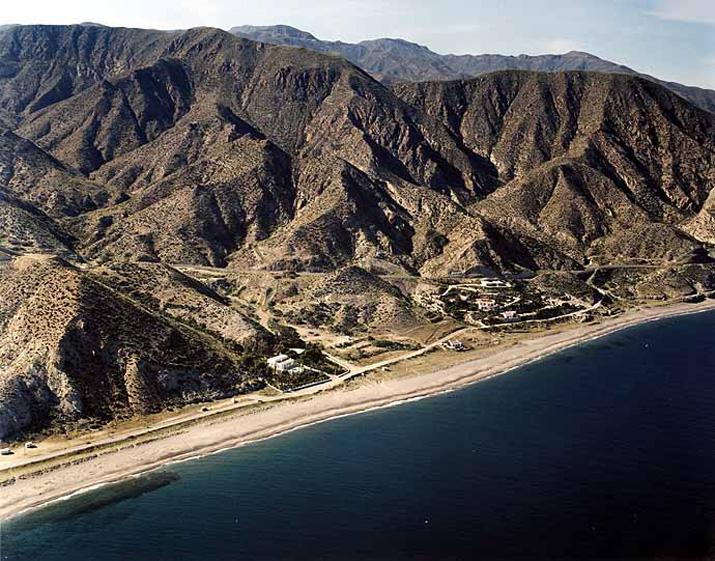Carboneras
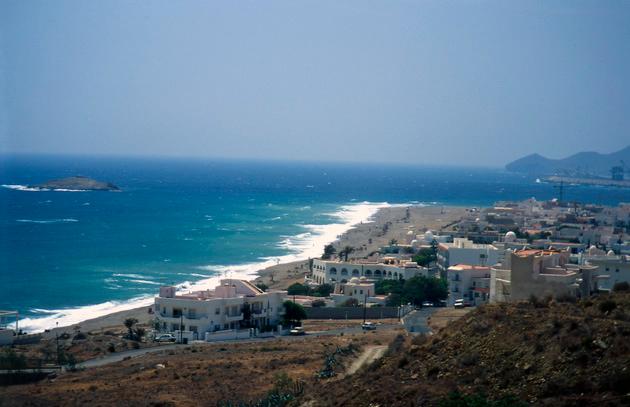
Village situated on the eastern coast of Almeria, in a landscape made up of dry, semidesert, volcanic land, included in the Cabo de Gata-Níjar Natural Park. This is the first protected Andalusian natural space comprised of land and sea which includes unique scenery: the only mountains of volcanic origin on the peninsula; the coast with its dunes, beaches and saltworks, a true spectacle of nature; and lastly the mile of protected sea the bottom of which is full of sealife.
In these surroundings there is the village, the origin of which lies in the construction of Saint Andrew's Castle for military use in the XVI century. A group of white luminous houses next to the cobalt blue sea. An ideal place for enjoying the sun and the beach, tranquillity and an excellent climate.
History
The coast of Carboneras was given to the Marquis of Carpio by Felipe II as part of the jurisdiction of the fief of Sorbas in the year 1559.
Near the coast there was an abundance of wood and coal ovens were built which were later sold inland on the peninsula. This area took the name of Cabezo de la Carbonera. Its isolated position made contraband rife, a circumstance taken full advantage of by the Moors to establish connections with Africa, especially during the uprising of 1568. It was an important port during this uprising for the entry of soldiers and arms.
It is known that during the nazari era, the occupation of the coast was carried out through the establishment of towers and observation posts along the shore. This vigilance continued after the conquest of the Catholic Monarchs. The settlement of the village never took shape because of the isolation of the zone and the inherent danger due to the Berber pirates. A better defence was planned by means of the establishment of permanent troops and the construction of a castle. Although the project was approved by Felipe II in the year 1583, it was not carried out until 1621. The distribution of land to the soldiers, the creation of a tunny fishery and the improved safety of the zone attracted the population and a permanent village sprang up around Saint Andrew's Castle, which was the name given to the castle built. In 1688 the castle passed over to the Casa de Alba.
Since the beginning of the XVIII century, its population was considerably increased, among other factors, by the growing safety of the Spanish coast. In 1776 another castle in Mesa Roldan was commissioned to be built. This increased the security of the area and as a consequence its economic prosperity. Its economy was based on traditional agriculture, fishing, esparto and exploitation of the saltwort plant.
In 1813 it obtained its independence as a village from Sorbas. Throughout the century the population grew until the beginning of the XX century when a steady fall began due to emigration, up until the seventies.
Currently, it is a dynamic village which, together with its traditional economic activity, has established itself as an industrial centre, producing energy and cement. Also worth mentioning; the development of its service sector, the port activity and the expansion of tourism.
Eminent citizens
Encarna Sanchez, radio journalist.

- Max 19
- Min 16
- Max 66
- Min 60
- °C
- °F

